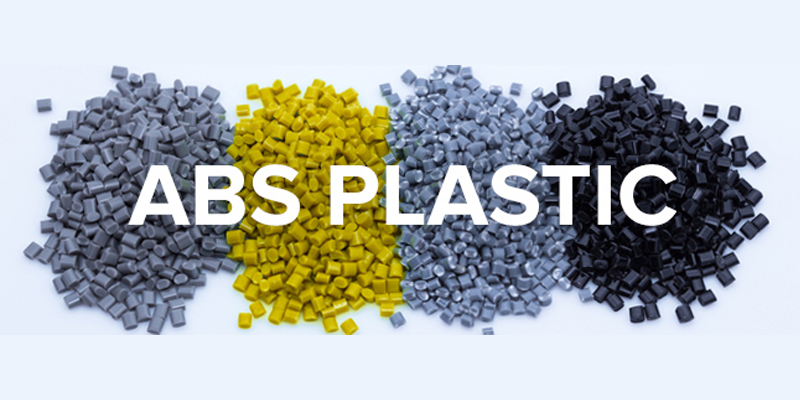
Introduction
In the dynamic world of manufacturing, where precision and efficiency are paramount, Acrylonitrile Butadiene Styrene (ABS) has emerged as a star player. Renowned for its versatility and durability, ABS takes center stage in injection molding, a process integral to producing a myriad of plastic products.
Can ABS be injection moulded?
Acrylonitrile Butadiene Styrene (ABS) is a thermoplastic polymer commonly used in injection molding. Injection moulding involves melting plastic and injecting it into a mold to create a specific shape.
ABS is indeed suitable for injection molding due to its thermoplastic nature. It can be heated and cooled multiple times without significant degradation, making it ideal for the repeated heating and cooling cycles involved in injection molding.
So, yes, ABS can be injection molded, and it's a widely used material for producing a variety of plastic products.
Section 1: ABS Material and Injection Moulding Basics
1. ABS Material Properties
ABS, a thermoplastic polymer, boasts a remarkable combination of properties. Its durability, impact resistance, and ability to withstand heat make it a sought-after material. Additionally, ABS's ease of coloring adds a creative dimension to its applications.
2. Injection Molding Process with ABS
The injection moulding process with ABS is a carefully orchestrated dance of heat and pressure. ABS pellets are melted and injected into molds, taking on the desired shape upon cooling. The temperature and pressure intricacies ensure the production of high-quality, precise components.
Section 2: Advantages of Using ABS in Injection Moulding
1. Versatility
ABS's adaptability to diverse applications sets it apart. From intricate electronic components to robust automotive parts, ABS proves its mettle across industries.
2. Durability and Impact Resistance
In the unforgiving world of manufacturing, durability is non-negotiable. ABS not only meets but exceeds expectations with its robustness and remarkable impact resistance, ensuring longevity in the final product.
3. Ease of Processing
ABS takes the spotlight for its seamless processing. Short cycle times and high production rates make ABS injection molding an efficient and cost-effective choice.
4. Cost-Effectiveness
Beyond its technical prowess, ABS offers a cost-effective solution for manufacturers. Its affordability without compromising quality makes it a staple in various production processes.
Section 3: Disadvantages and Challenges
1. Temperature Sensitivity
While ABS is versatile, it can be sensitive to temperature fluctuations during moulding. Precise control is crucial to achieving optimal results.
2. Chemical Sensitivity
ABS may react to certain chemicals, posing a challenge in specific applications. Understanding compatibility is key to overcoming this limitation.
3. Surface Finish
Achieving a high-gloss surface finish with ABS can be challenging. Manufacturers must navigate this aspect to meet aesthetic requirements.
Section 4: Applications of ABS Injection Moulding
ABS's role in the automotive sector is pivotal, contributing to the manufacturing of interior and exterior components known for their strength and resilience.
2. Consumer Electronics
From the sleek casings of smartphones to the housing of electronic devices, ABS plays a crucial role in the consumer electronics industry.
3. Toy Manufacturing
In the realm of toys, ABS reigns supreme. Its safety, durability, and ease of molding make it the preferred choice for creating playful wonders.
ABS's presence extends to the medical field, where it contributes to the production of reliable and safe components for various medical devices.
Conclusion
As we navigate the intricacies of ABS injection molding, it becomes evident that ABS is not just a material; it's a key player in shaping industries. Its advantages outweigh the challenges, making it an enduring choice for manufacturers seeking durability, versatility, and cost-effectiveness.
Call to Action
GD-HUB is the reliable partner you need for precision and quality.